Western Europe has lost huge swathes of wilderness, but nowhere more so than Ireland. Once home to the Gaels, or "forest people", Ireland is an ecological shadow of its former self.
Imagining a rewilded Ireland
Ireland has lost most of its biodiverse woodlands, species-rich grasslands and large mammals. In a landscape that has been so drastically changed, it's hard to imagine how it could once again be home to wild areas. That's because wilderness is often thought of as vast landscapes home to large predators and herbivores and completely devoid of human development. However, across Europe, rewilding is more about making landscapes more wild, as if moving the landscape across a wilderness spectrum, without necessarily becoming wild in the strictest sense of the word. With that in mind, this article explores whether there is space for rewilding in Ireland.
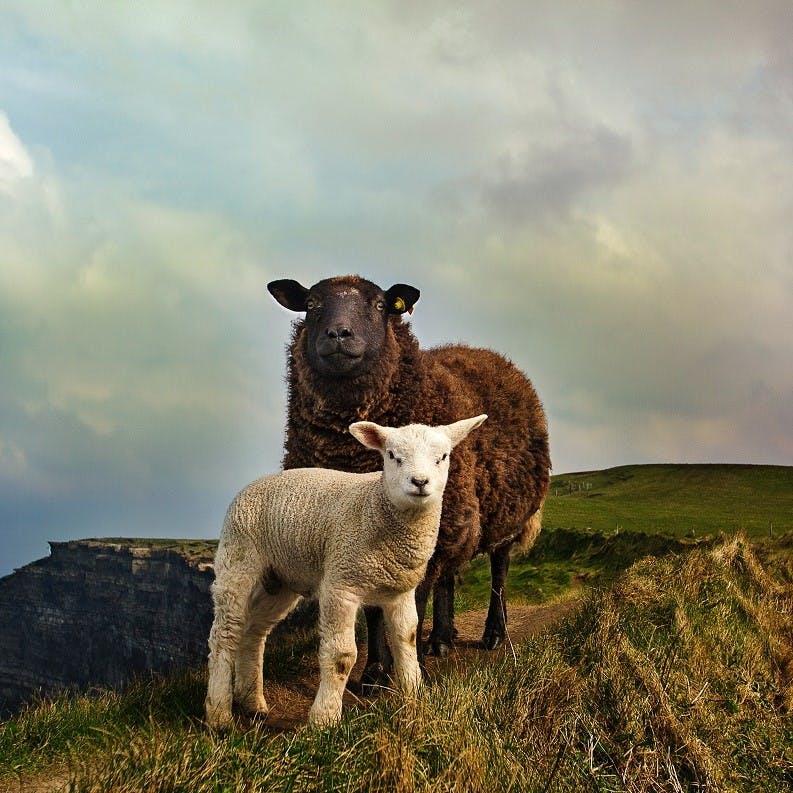
A History of Dewilding
When people arrived in Ireland around 12,000 years ago, they would have encountered an island covered in vast woodlands. Oak, elm, Scots pine, birch, Rowan, and holly grew above blankets of ferns, mosses, liverworts, and thickets of honeysuckle and ivy. The foxes, pine martens and red squirrels that live in Ireland today roamed these woodlands alongside wolves, bears and wild boar. Once the most forested country in Europe, today only 11% is covered in woodland. Of this, only 2% is native. For the wildlife that depended on these woodlands, small fragments are all that remain. Wildlife populations soon dwindled and, with the added pressure of persecution and a dwindling prey base, many species were lost entirely.
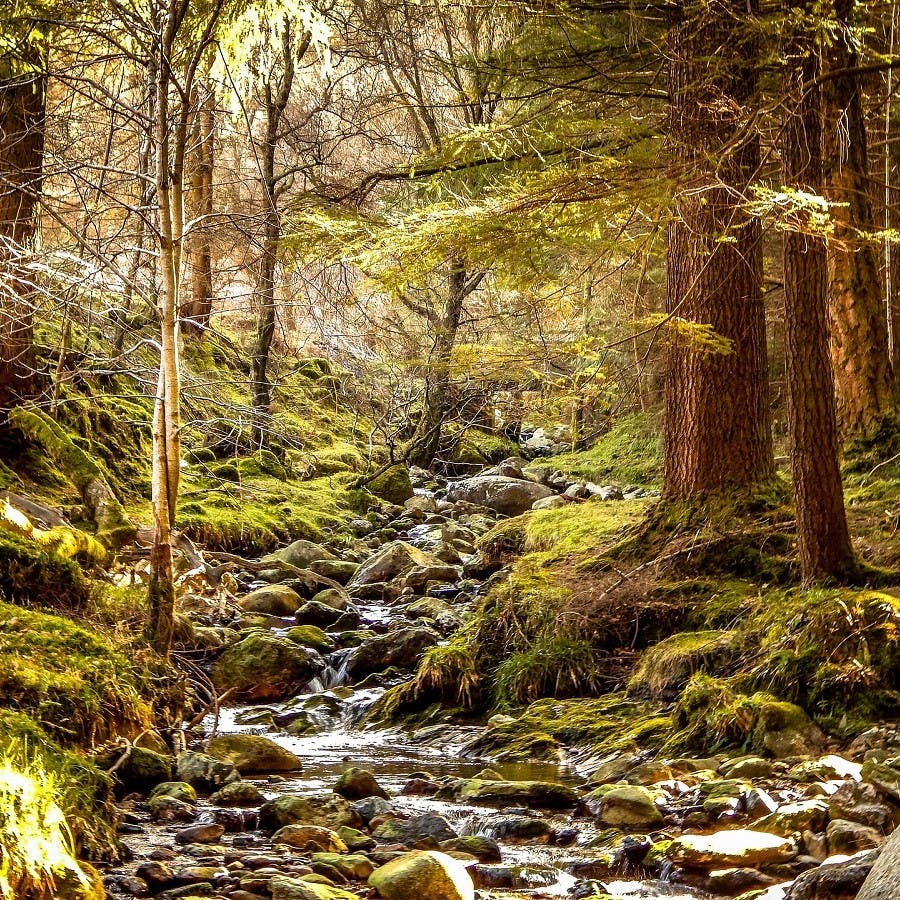

Take action now
Do you want to have a direct impact on climate change? Sir David Attenborough said the best thing we can do is to rewild the planet. So we run reforestation and rewilding programs across the globe to restore wild ecosystems and capture carbon.
Get involvedRestoring Habitats
With such a large agricultural industry, Ireland could see huge rewilding gains by changing the way farmland is managed to more wildlife and forest friendly practices. Initiatives are underway to encourage farmers to set aside areas of their land for habitat restoration and many farmers are now being paid for the wildlife their land supports. This may not evoke the kind of rewilding images that we are used to, but over time, these areas of farmland could provide important habitat for a diversity of invertebrates, birds, and mammals. By moving large areas of Ireland’s farmlands towards the wilder end of the wilderness spectrum, we could help support nature across the country.
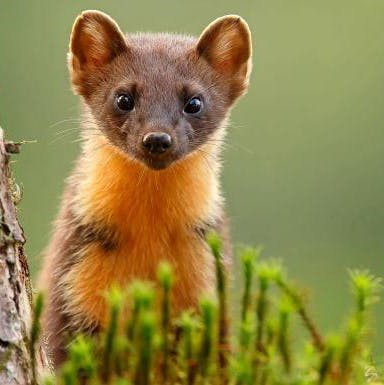
Making Room for Wildlife
There is also room for the return of lost species to Ireland's landscapes. Birds of prey, like the sea eagle, golden eagle, and red kite, species that disappeared altogether from Ireland, are making a comeback. Though they never completely disappeared from Ireland, pine martens are expanding their territories across the country. So too are red squirrels, reintroduced from Britain in the 19th century. Though Ireland may not be ready for the lynx or wolf, ambitious reintroduction efforts of smaller, less controversial species are making the country a little bit wilder. Head over to our Wildlife in Ireland article to understand the current state of affairs.
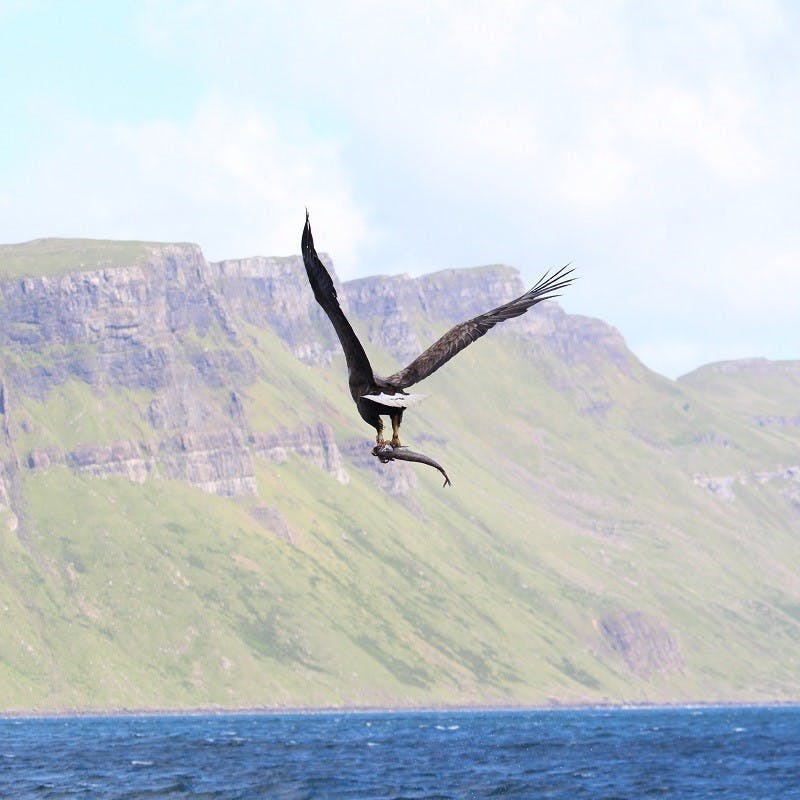
Future of Rewilding in Ireland
Ireland is now home to its first large wilderness area, Nephin Beg Range. 8,000 hectares has been set aside for habitat restoration and reforestation with the vision to return the landscape to nature. The aim is to enable natural processes to work uninterrupted to create thriving, dynamic ecosystems. Though centuries of ecological degradation and the long-term absence of species have diminished our memory of what Ireland once was, we are now starting to see what it can be. With continued rewilding projects, both big and small, we can return Ireland to a wilder state while leaving room for people. In partnership with the local organisation, Home Tree, we are working to return degraded farmland to native woodland with the aim of rewilding these areas even further through species conservation and rewilding projects.
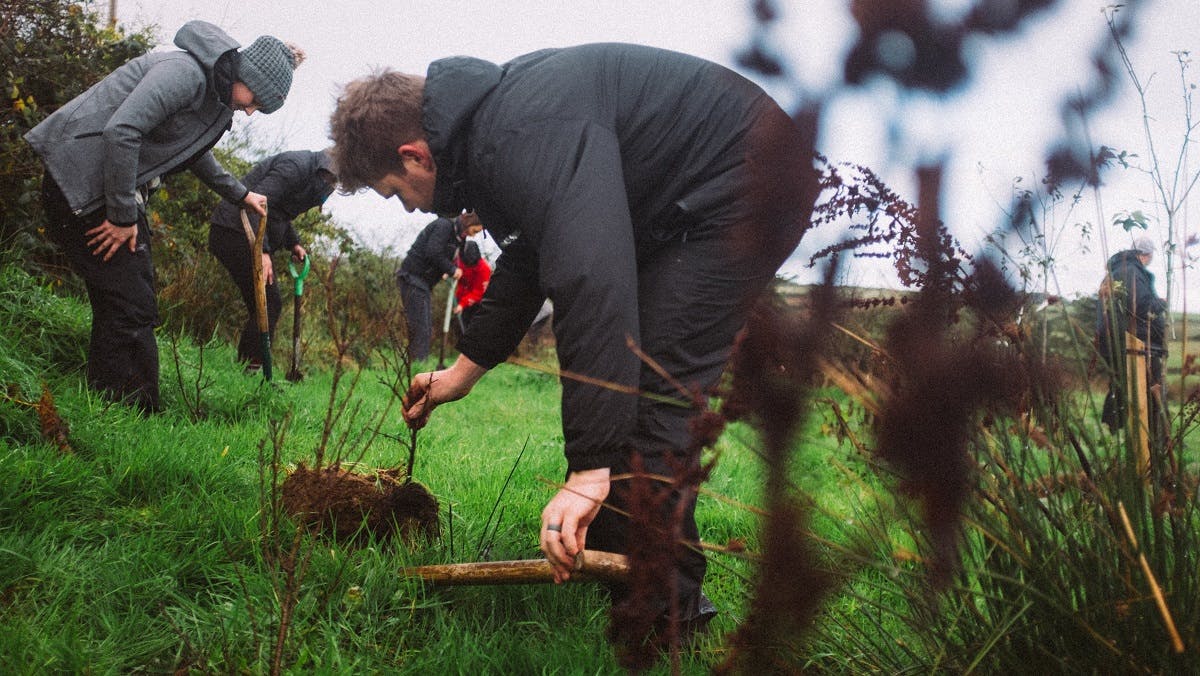
Glossary of terms
Ecosystems: A community of biological organisms such as animals, plants, fungi and how they interact with one other and the environment they live in. An ecosystem has biological, physical and chemical components and come in endless forms.
Habitat Restoration: After incidences of the destruction of habitat and razing of forests, habitat restoration focuses on restoring the natural ecosystems, allowing the space and resources for animals to return
Native woodland: Woodlands that have evolved to specific climatic and biological needs. They occur naturally and are best adapted to supporting native species and ecosystems.
Species Richness: The number of species that can be found inside an area or ecosystem. A high level of species richness would indicate a diverse range of species.
Sources & further reading

- “Irish Forests - A Brief History” - Irish Government
- “The reintroduction of the white-tailed sea eagle to Ireland: People and wildlife” - Land Use Policy
